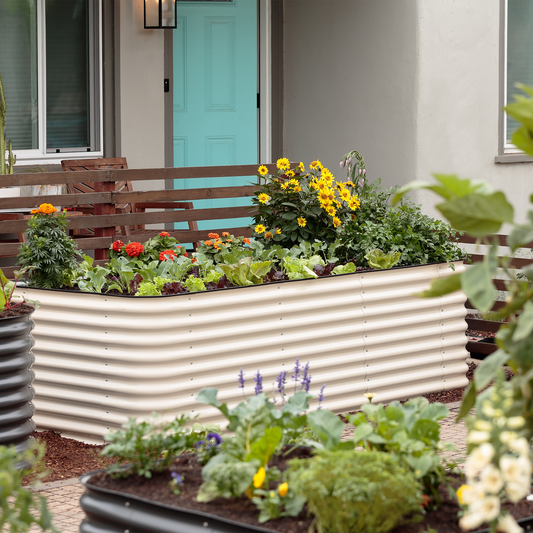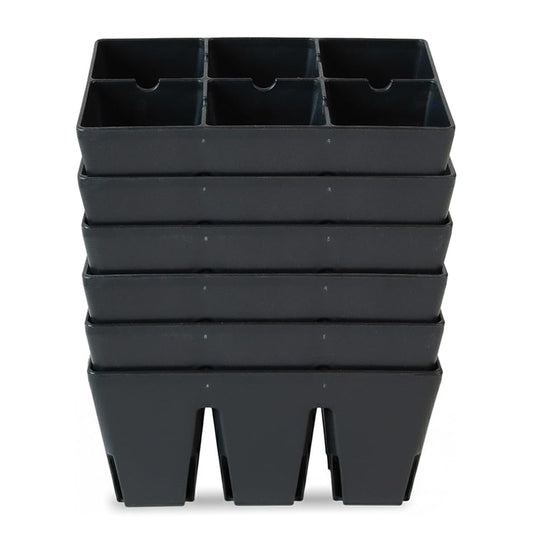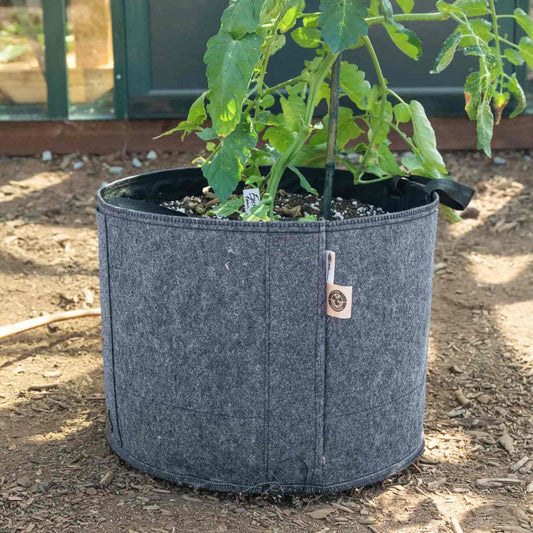

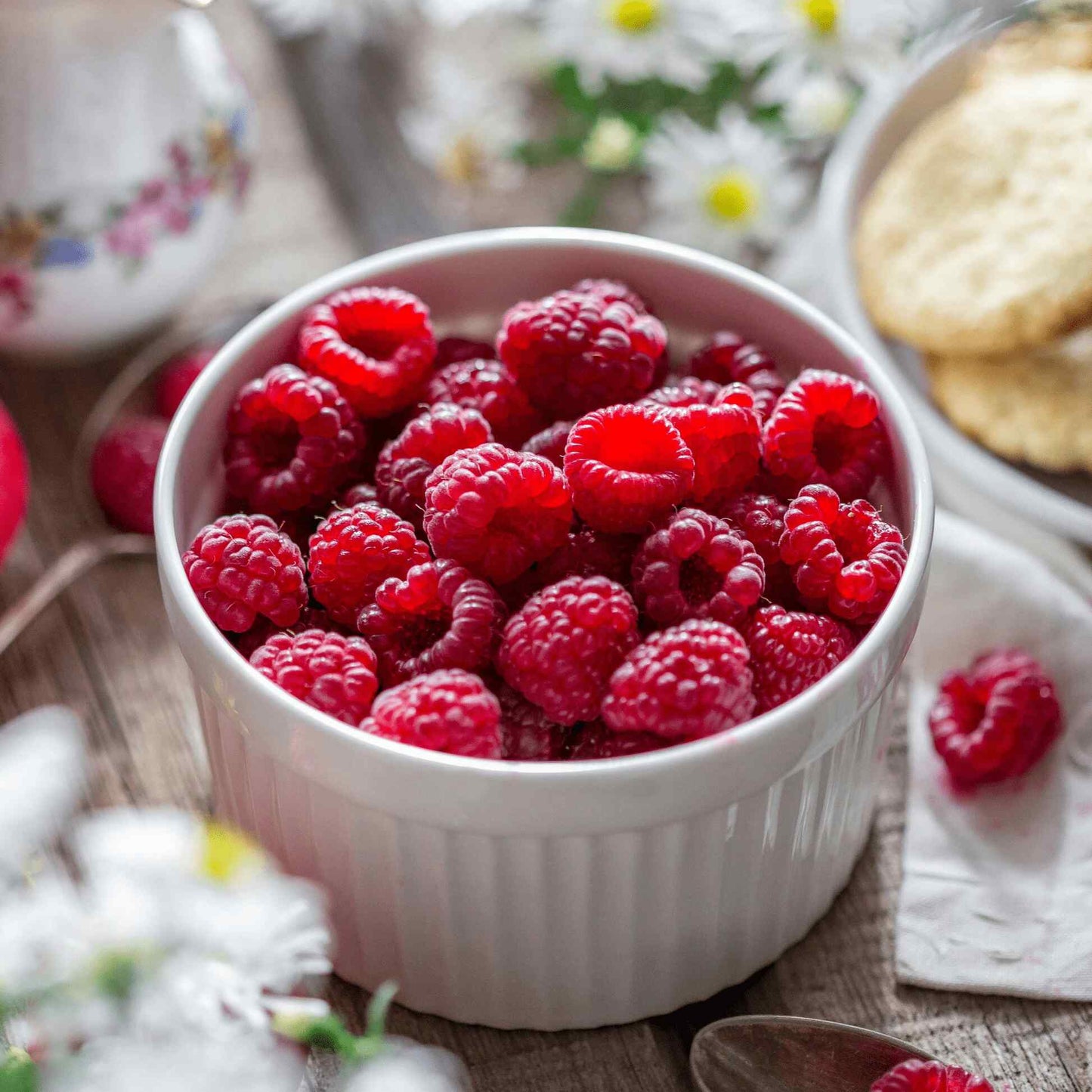
Heritage Raspberry
View More Planting Info
Full sun is ideal for your Heritage raspberry plant. While it can tolerate partial shade, the fruit yields will be diminished. They prefer slightly acidic soils at a pH level of 6.5 – 6.8. They grow well in USDA hardiness zones 4-8. Dig a hole twice the width and depth of the root ball of the plants. For planting in rows, space the plants 3-4 feet apart. Blend some compost into the removed soil, place your plant, and backfill with the amended soil, pressing the soil down to prevent air pockets. Water well and add a layer of organic mulch around the base (not near the canes) to help conserve water and suppress weeds. At the planting stage, add any support system you may need.
Pruning:
Prune to remove dead or damaged canes, to thin out the canes to provide good airflow, or to remove any unwanted suckers that are trying to spread.
Growth:
This variety of raspberries grows 4-8 feet tall and 3-6 feet wide and is often supported by a fence or trained along a post and wire system. While often planted in rows, even single plants require support. A trellis or sturdy stake will work.
Harvesting:
For the best flavor, harvest in the cooler hours of the early morning.
- Product Info
- Care and Maintenance
- Planting Care
- Growing Zone
Product Info
Mature Height: 4-8 ft.
Mature Width: 3-6 ft.
Sunlight: Full Sun
Growth Rate: Moderate
Does Not Ship To: AZ, OR
Care and Maintenance
Watering: Raspberries benefit from low and slow deep watering, such as drip irrigation systems. Keep the soil damp but not waterlogged. They love access to lots of water but don't like "wet feet"!
Fertilizing: Feed with a balanced slow release fertilizer in spring as the growing season begins. The addition of a compost mulch will further enhance the soil for better growth.
Pruning: Prune your Heritage raspberries in the fall, removing all but six of the strongest canes per plant. Trim off any sideways-growing branches and weak or spindly canes.
Pests and Diseases: Monitor plants for red spider mites, raspberry leaf and bud mites, raspberry beetles, and leafhoppers. While Heritage is relatively disease-resistant, powdery mildew and some forms of rust are still possible.
Pollination: This is a self-fertile variety but benefits greatly from having multiple plants near each other for higher fruit yields.
Harvesting: When the fruit has turned dark red and feels soft to the touch, it's ripe. Gently grasp the berry and give it a light twist; it should easily come free from the cane. If it resists, it's not quite ready. Don't overfill containers, as the fruit is very sensitive and easily bruised or squashed. Don't wash the berries until ready to eat or process them.
Recovery Time: Transitioning from our nursery to your home can be a bit of a shock to your plant. A short acclimation period helps it recover and reduces stress.
Climate Adjustment: Every environment is unique. Giving your plant time to adjust to the local climate, humidity, and light conditions in a shady spot will set it up for better growth and health.
How to Acclimate Your Plant: Keep the plant in its container and place it in a shady, sheltered area away from high winds. Ensure it's watered adequately – the soil should be moist but not waterlogged. Monitor the plant for any signs of distress and allow it to adjust for a few days before planting. After a few days of acclimation, your plant will be better prepared to thrive in its new home for years to come.
Planting Care
Pruning: Prune to remove dead or damaged canes, to thin out the canes to provide good airflow, or to remove any unwanted suckers that are trying to spread.
Harvesting: For the best flavor, harvest in the cooler hours of the early morning.
Growth: This variety of raspberries grows 4-8 feet tall and 3-6 feet wide and is often supported by a fence or trained along a post and wire system. While often planted in rows, even single plants require support. A trellis or sturdy stake will work.
Growing Zone
Growing Zone 4-8
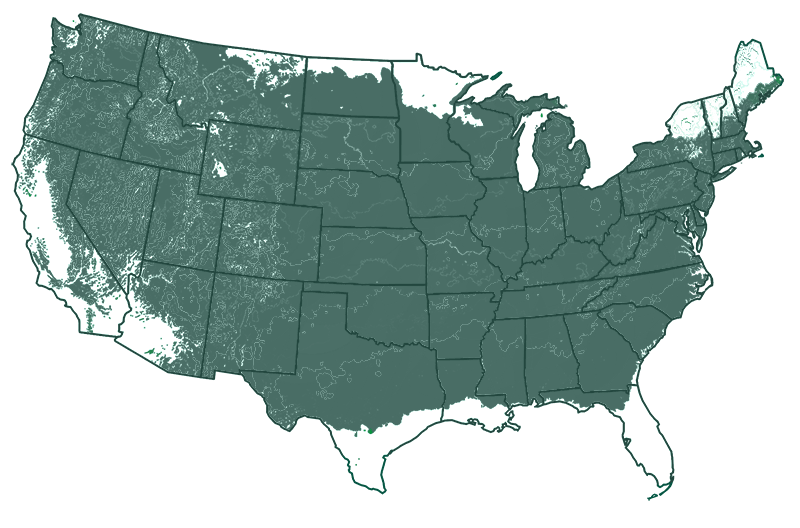
Fruit Trees & Bushes Delivered to Your Doorstep
Unpack, Plant and Grow!



